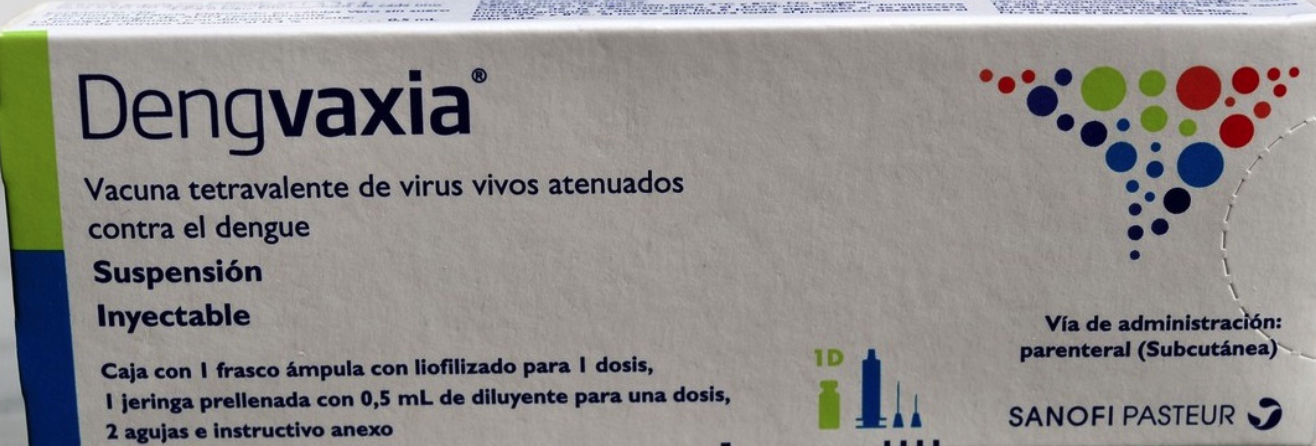In the midst of the current flu season -- which is likely one of the worst in over a decade with the exception of the pandemic in 2009-10 -- there has been a lot of discussion regarding the benefits of Tamiflu (oseltamivir), the only oral antiviral indicated for the treatment of influenza in the US (the adamantane class of antivirals is virtually obsolete due to widespread resistance). Thus far there have been at least 37 pediatric deaths with more sure to come.
I am a liberal user of Tamiflu and I hope to help people understand why in this post. Tamiflu, which was FDA approved in 1999, is an antiviral that blocks the ability of the virus to release from cells -- it inhibits the viral neuraminidase enzyme. It is given twice daily, for 5 days. In multiple randomized clinical trials, such as this one, it has been shown in healthy adults to diminish the duration and severity of symptoms when given within 48 hours of symptom onset. This type of clinical use is non-controversial and very well accepted.
However, the controversy begins -- and it is impossible to describe all its nuances in a simple blog post -- when treatment is done outside of the 48 hour window or when the purpose is to diminish complications of influenza such as otitis media, pneumonia, hospitalization, ICU admission, the need for mechanical ventilation, and death or to diminish contagiousness.
What fuels the controversy? To me, I think there are several reasons. One is the fact that people fail to realize that a trial in healthy adults with uncomplicated flu isn't designed to study the cascading impact of influenza -- they were designed, primarily, to look at symptom duration and severity in uncomplicated flu in low-risk patients. is the fact that people are trying to extrapolate trial results and trial populations outside of their proper realm. The 48 hour window cannot be applied with the same confidence to a pregnant woman, an immunocompromised person, an infant too young to be vaccinated, or a person with chronic illness such as asthma, COPD, or the like.
During 2009 H1N1, it was shown in retrospective analysis (which may fall short of the gold standard randomized control trial but is nevertheless something that still provides valuable information) that receipt of Tamiflu correlated with outcome in severe influenza in multiple studies such as this one.
Because of this data the CDC has recommended antiviral therapy be used in the following high-risk groups (irrespective of any 48 hour window and irrespective of a confirmed laboratory diagnosis):
- children less than 2 years of age
- adults aged 65 years and older;
- persons with chronic pulmonary, cardiovascular , renal, hepatic, hematological, and metabolic disorders (including diabetes), or neurologic and neurodevelopment conditions
- persons with immunosuppression, including that caused by medications or by HIV infection;
- women who are pregnant or postpartum
- persons aged younger than 19 years who are receiving long-term aspirin therapy;
- American Indians/Alaska Natives;
- persons who are morbidly obese
- residents of nursing homes and other chronic care facilities.
Ideally, these people should be treated as soon as possible but benefit may still accrue with later treatment. Unfortunately, many healthcare providers don't know these risk groups well and many people who could benefit from antiviral therapy are overlooked. Those without risk factors can also benefit from Tamiflu, especially if given early in the course of illness.
The side effects of Tamiflu, in my experience, are generally mild and involve nausea and vomiting and are outweighed by the benefits of treatment in most cases (and can be treated anti-nausea medications). However, I have seen some parents complain that children do not like the taste of the suspension and question the need for Tamiflu. If taste is the issue, capsules can be substituted and, if the child cannot swallow them, they can be opened and the contents put into a substance of choice (ice cream, pudding, etc).
Optimizing the treatment of seasonal influenza is an important task that is all the more important in a moderately severe season. It will be of enormous importance during the next pandemic and familiarity and comfort among the patients, parents, and healthcare providers is essential for the population to be best equipped for that eventuality.





